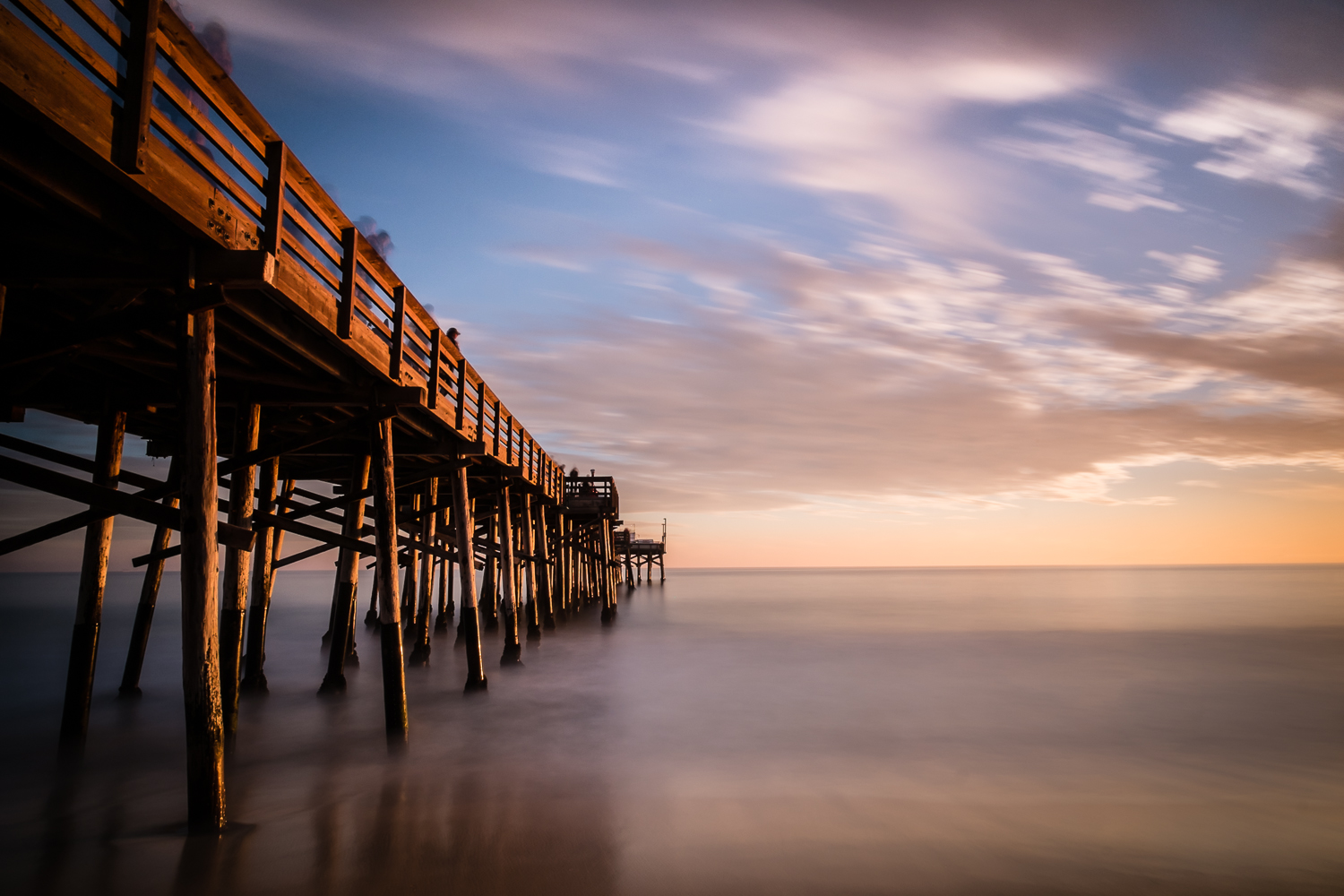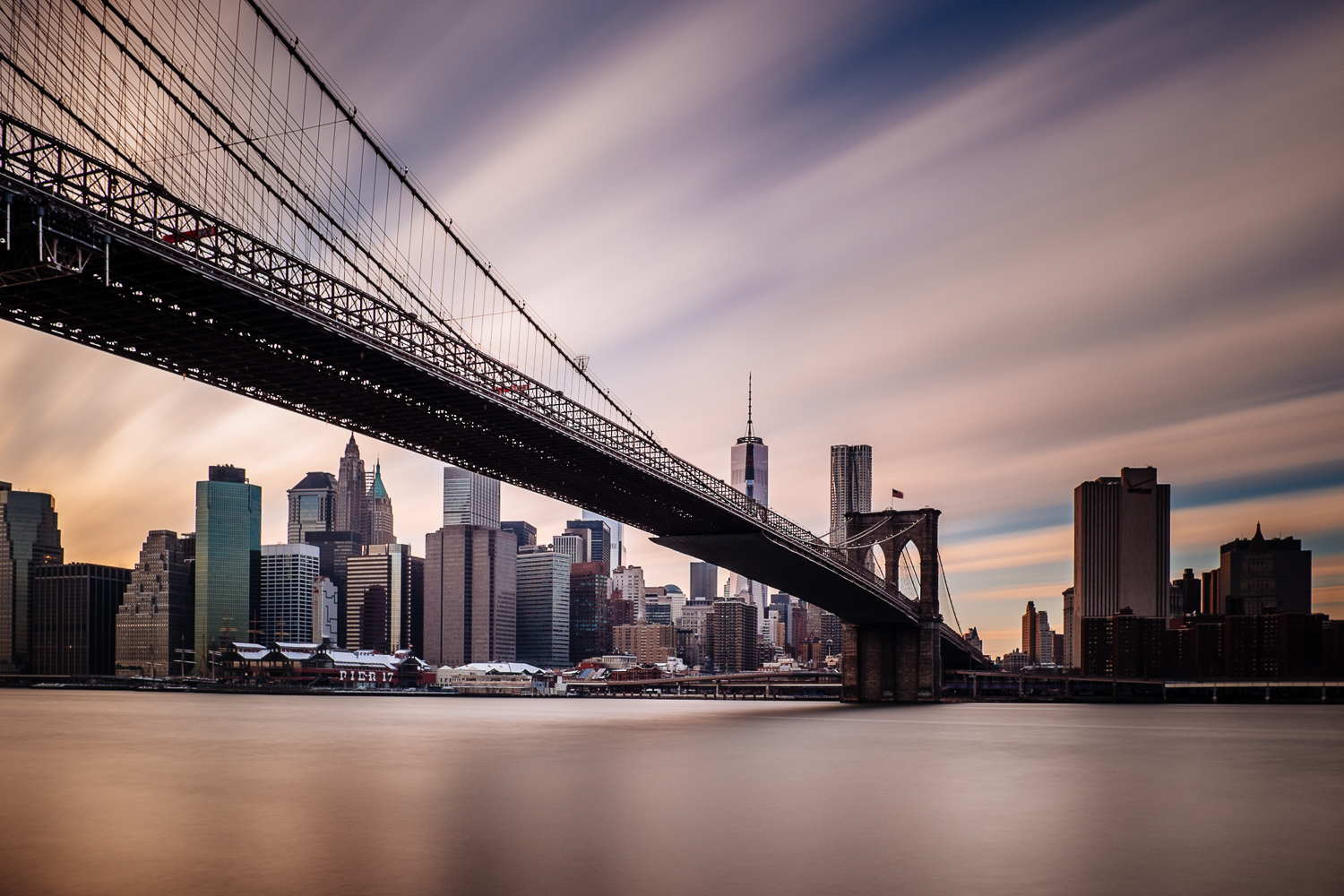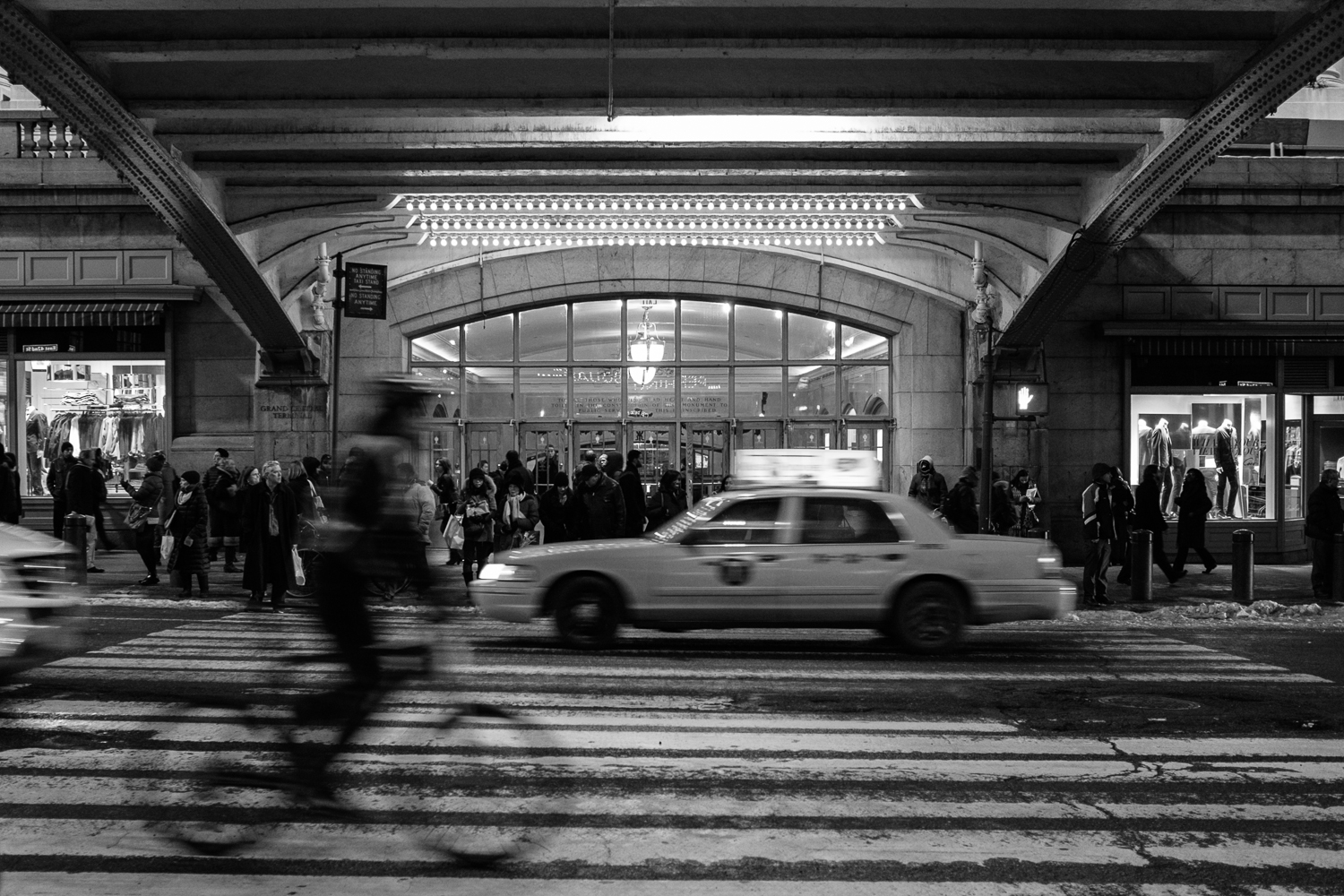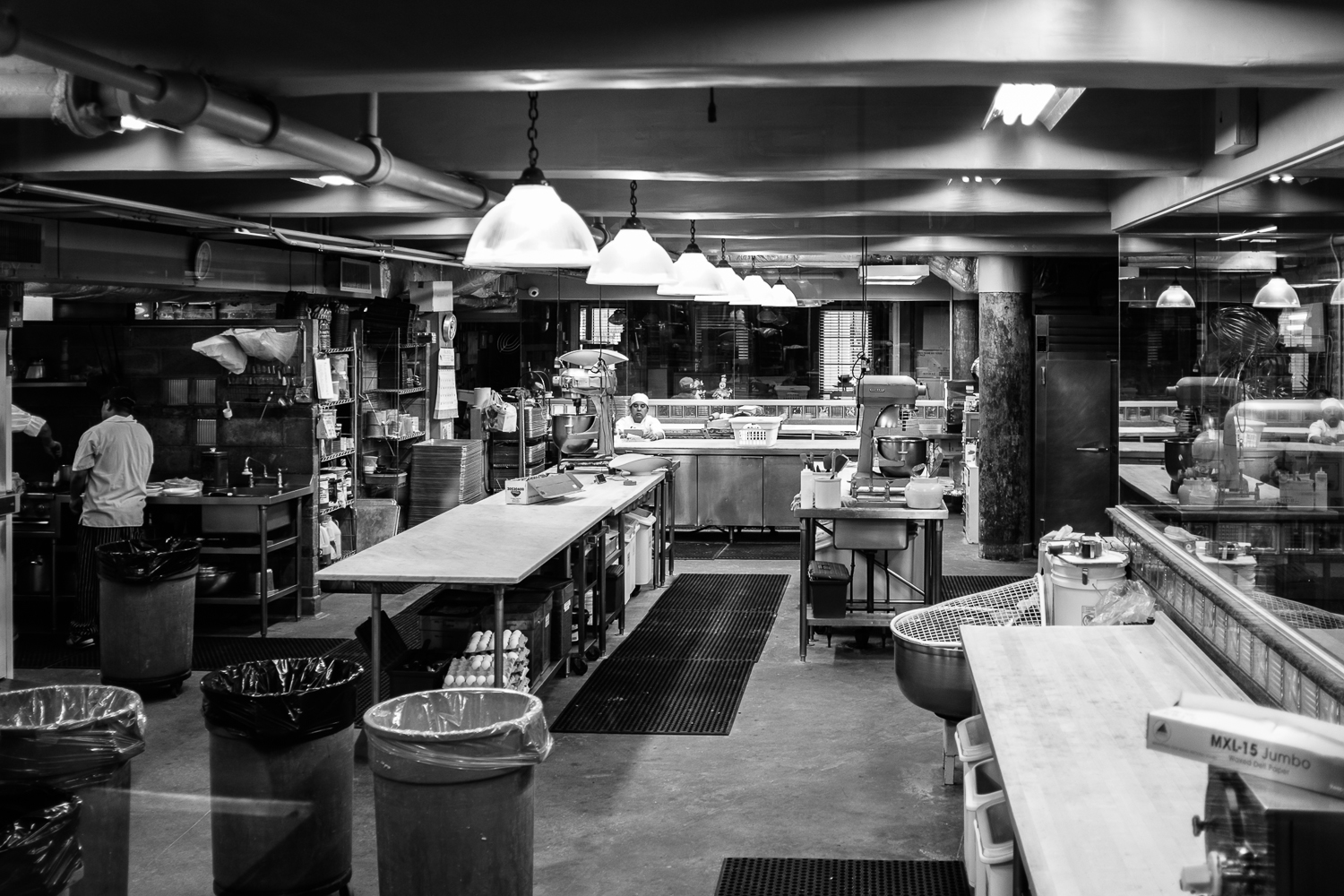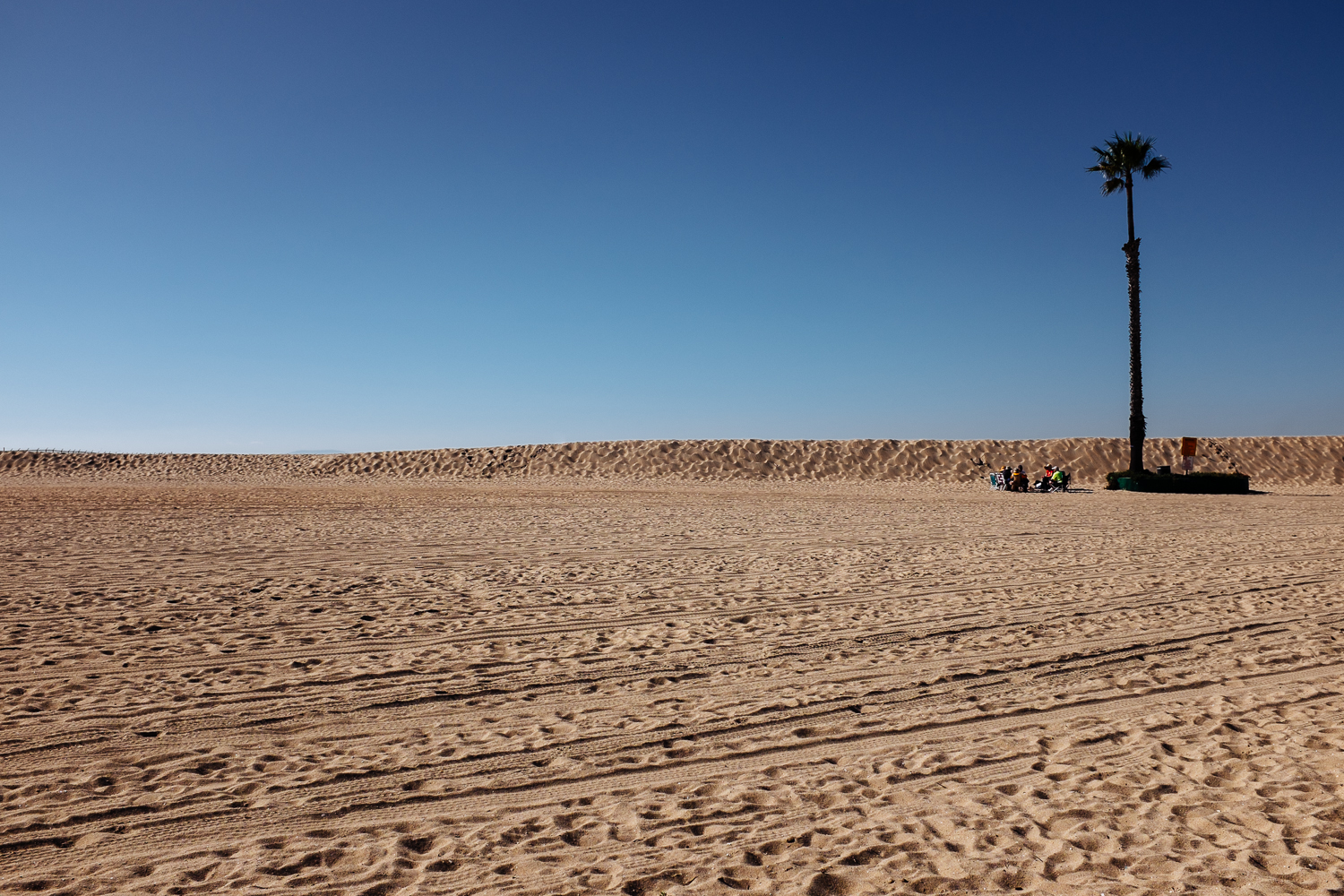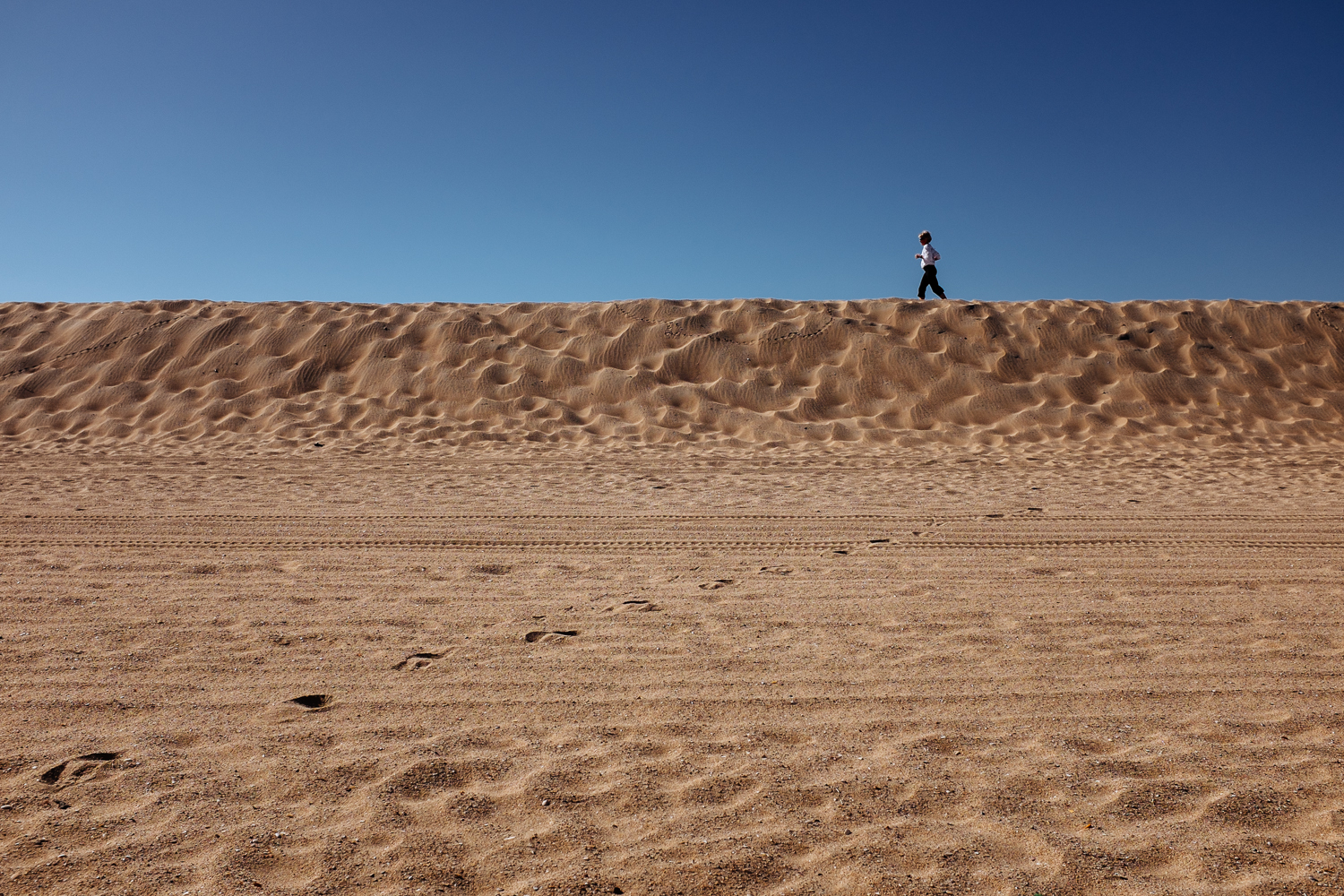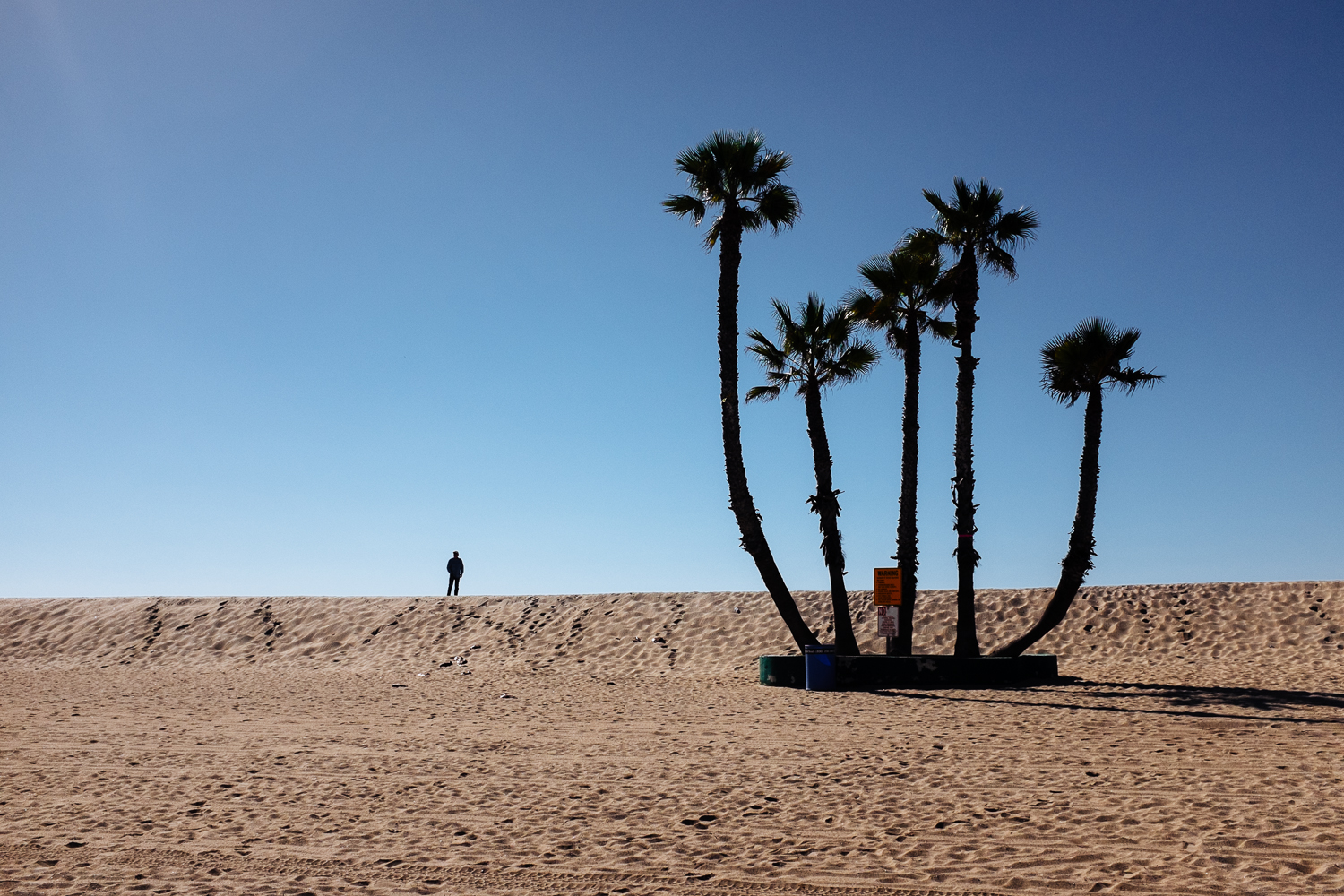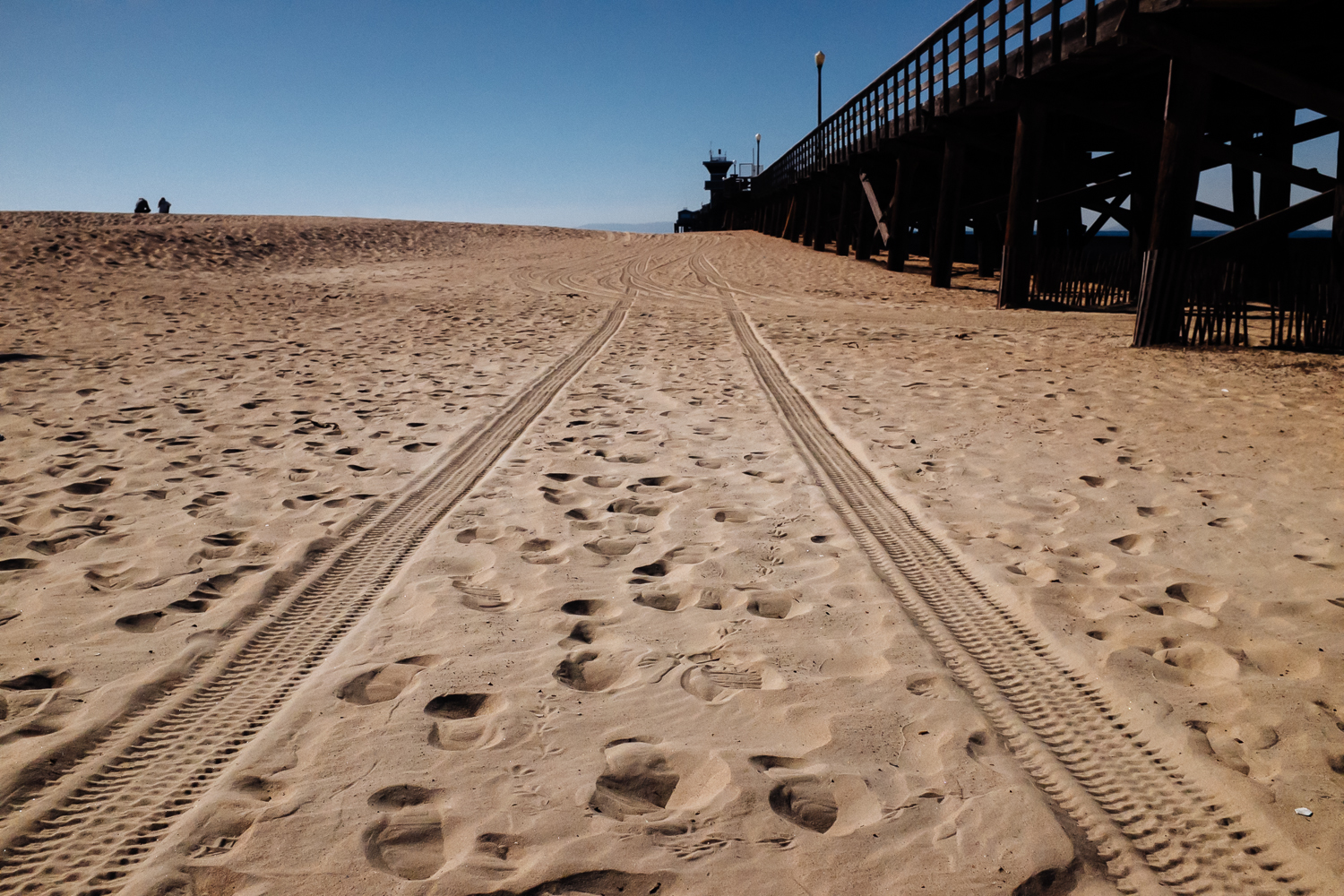Since the Fujifilm X-T1 was announced in January, I've been on the fence about purchasing one to replace my X-Pro1. As much as I like the X-Pro1, the fall it took in September last year seems to be slowly taking its toll. After considering my options, I went ahead and ordered the X-T1 kit which includes the XF 18-55mm lens.
My X-T1 arrived Friday and this past weekend, during a break in the rain, I took it along with the XF 18-55mm to Huntington Beach to shoot a few long exposures. After one morning of shooting, here are my first impressions on using the X-T1 for long exposure photography.
The Good
The Images - no surprise here since the X-T1 uses an updated version of the X-Pro1 sensor which is also in the X100S. I haven't processed any RAW files yet since they aren't supported in Lightroom, but the JPEGs are typical Fuji.
The Viewfinder - I'll be honest, I was a little underwhelmed by the new electronic viewfinder at first. Perhaps, my expectations were too high because of all the glowing reviews I had read. Once I put it to use at Huntington Beach however, I started to see and understand what all the fuss was about. In good light, the viewfinder along with all its new technology is really something to behold. Since I often focus manually when shooting long exposures, the new dual screen display made checking focus much easier. Especially now that I can set the focus peaking color to red, what a difference!
The Tilting LCD - this is definitely a nice addition. Not something I needed, but it really does help when shooting on a tripod. I found the display a little dim when I was composing in bright sunlight, perhaps I should've adjusted the brightness setting. In any case, I ended up using the EVF when this was the case so having both options was a big plus.
The ISO Dial - on the X-Pro1 and X100S, I leave Auto ISO on unless I'm shooting long exposures. To make things faster and easier, I program one of the custom settings on both cameras to set my ISO to 200. With the X-T1, this wasn't necessary since it can now be done with the turn of a dial. The locking ISO dial works for me because I don't need to change my ISO very often or very quickly. For those that need to change ISO frequently, the lock button on the ISO dial may slow things down a bit.
The Bad
The Buttons - by far, my biggest complaint about the X-T1 are the buttons, especially those on the 4-way directional pad. They are too recessed and don't provide enough feedback to know when they've been pressed. I understand that changes were probably necessary to accommodate weather sealing, but these are the buttons many people use the most. I now find the task of changing my AF point to be a more difficult and slower process. While this isn't a deal breaker for me because my subjects tend to be stationary, it may be for those that need to change their focus point quickly.
The Threaded Shutter Button - or lack there of, most likely another trade off to accommodate weather sealing. This won't matter to some, but for anyone that wants exposure times exceeding 30 seconds, a $50 remote from Fuji is now required (at least until something cheaper comes along).
The Bottom Line
As you can see, the good for me outweighs the bad. While the X-T1 isn't perfect, it does offer several improvements for long exposure photography over the X-Pro1. The biggest ones being the new EVF and tilting LCD. Are these must have improvements, not by any means. But since I was in the market for a new camera, they are certainly welcomed.
My recommendation to anyone considering the X-T1 as an upgrade from the X-Pro1 or X-E1/2 is to try it out in the store first. While the new EVF really is great, it may not be enough to warrant an upgrade. Especially if you are using an X-E2 which already has the updated X-Trans sensor found in the X-T1.
With that, I'll leave you with my first long exposure images from Huntington Beach shot with the X-T1 and XF 18-55mm.
3.2 seconds at f/11
9 seconds at f/16
12 seconds at f/22
17 seconds at f/22
9 seconds at f/22





